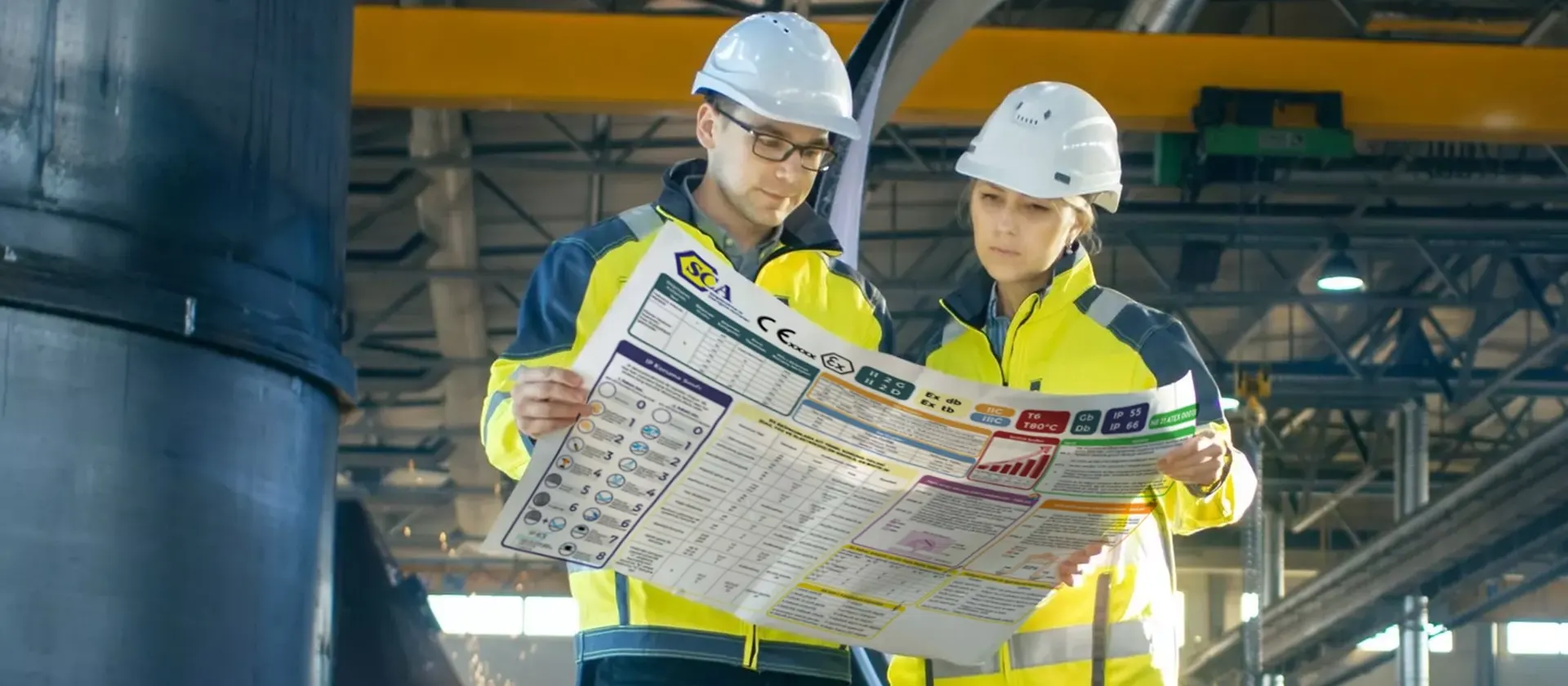ASTM A609 Ultrasonic Certification Testing of Steel Castings
The ASTM A609 standard provides a robust framework for ensuring that steel castings meet the necessary quality and performance criteria. This ultrasonic testing method is particularly important in sectors where structural integrity and reliability are paramount, such as aerospace, automotive, and construction industries.
ASTM A609 specifies the use of ultrasonic examination to determine the internal soundness of steel castings. The primary objective is to detect defects that could compromise the strength or durability of the casting. This testing method is non-destructive, meaning it does not alter the casting in any way during inspection.
The ASTM A609 standard outlines specific procedures for ultrasonic examination, including the type of equipment required (such as a phased-array probe and an ultrasonic flaw detector), the frequency range used, and the acceptable levels of soundness. The test involves passing the ultrasound through the casting to create a reflection pattern that is analyzed by the operator.
Steel castings are subjected to various stresses during manufacturing processes such as pouring molten metal into molds. These conditions can lead to internal defects like porosity, shrinkage cavities, and inclusions that may not be visible on the surface of the casting. ASTM A609 testing helps identify these issues early in the production process, allowing for corrective actions to be taken before the castings are finalized.
The ultrasonic testing parameters for ASTM A609 include specifying the frequency range (typically 1-5 MHz), the coupling agent used, and the type of probe. The equipment must adhere to specific standards such as ISO 17408:2013 or ASTM E2950-18. The acceptance criteria are detailed in the standard, allowing for a consistent approach across different laboratories.
The process involves preparing the casting by ensuring it is clean and free from contamination that could interfere with the ultrasonic signal. Once prepared, the casting is placed on a suitable surface where the probe can make contact. The operator then performs the test according to the prescribed procedures, recording the results for analysis.
The acceptance criteria for ASTM A609 are stringent, ensuring high-quality standards in steel castings. Defects that exceed specified limits must be addressed by reworking or scrapping the casting. This approach minimizes the risk of using flawed materials in critical applications where reliability is essential.
ASTM A609 testing plays a crucial role in maintaining quality control and ensuring compliance with industry standards. By adhering to this standard, manufacturers can demonstrate their commitment to producing high-quality steel castings that meet international specifications.
Applied Standards
The ASTM A609 ultrasonic certification testing is aligned with several internationally recognized standards, including:
- ASTM A609
- ISO 17408:2013 Ultrasonic Testing of Welded Joints and Forgings
- EN 14516:2015 Non-destructive testing - Ultrasonic testing of steel castings
These standards provide a comprehensive framework for the ultrasonic examination process, ensuring that all tests are conducted in a consistent and reliable manner. Compliance with these standards is essential for manufacturers aiming to meet international quality benchmarks.
Benefits
The benefits of ASTM A609 ultrasonic certification testing extend beyond mere compliance; they contribute significantly to the overall success and reputation of a manufacturing company. Here are some key advantages:
- Enhanced Quality Control: By identifying internal defects early in the production process, manufacturers can improve product quality.
- Increased Reliability: Ensuring that castings meet strict ultrasonic testing criteria enhances their reliability and performance over time.
- Improved Customer Satisfaction: Meeting stringent standards like ASTM A609 helps build trust with clients, leading to better customer relationships.
- Competitive Advantage: Compliance with international standards sets a company apart from its competitors in the market.
In addition to these benefits, ASTM A609 testing also supports regulatory compliance and helps companies avoid costly rejections or recalls. By adhering to this standard, manufacturers can ensure their products meet the highest quality expectations set by industry leaders.
Competitive Advantage and Market Impact
The implementation of ASTM A609 ultrasonic certification testing provides significant competitive advantages in both domestic and international markets. Here’s how it impacts market performance:
- Global Consistency: Adhering to internationally recognized standards ensures that products meet the same high-quality benchmarks across different regions.
- Innovation Leadership: By staying ahead of industry trends and adhering to cutting-edge testing methods, companies can lead in innovation and technology adoption.
- Sustainability Focus: Ensuring product quality through rigorous testing helps reduce waste and improve efficiency, aligning with sustainability goals.
The demand for ASTM A609-compliant products continues to grow as industries prioritize reliability and safety. By investing in this type of testing, manufacturers can position themselves as leaders in their respective fields, attracting more business opportunities and partnerships.





